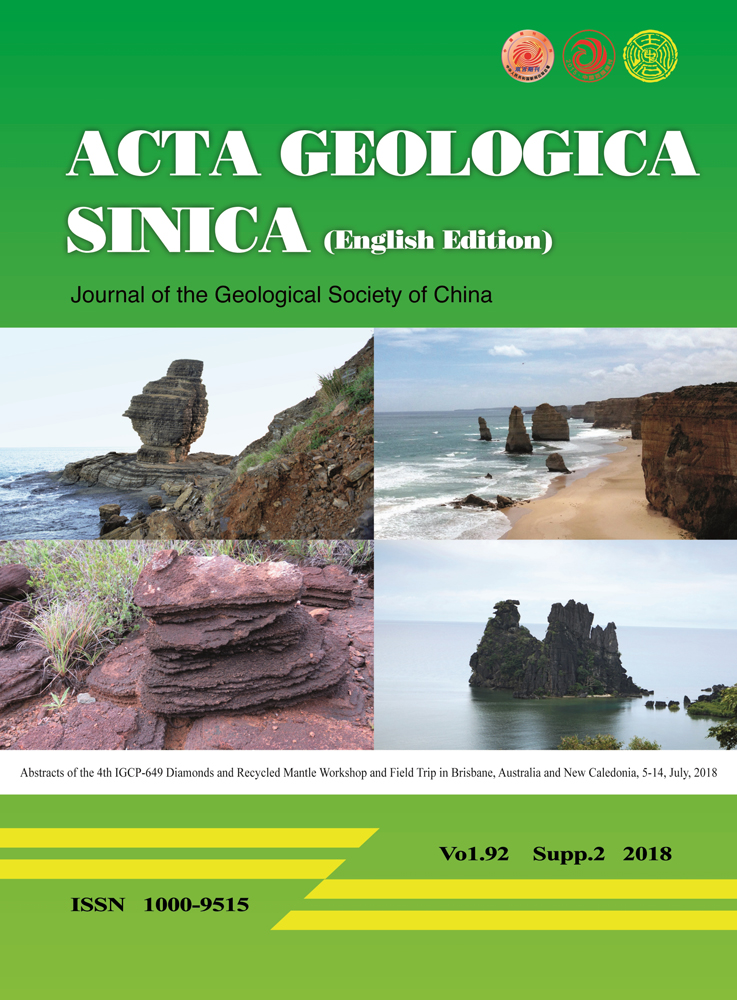Distinct continental margins and associated stratigraphic architecture patterns during the seafloor spreading of South China Sea
Abstract
In this paper we compare four types of stratigraphic architectures around the continental margins in the South China Sea (SCS) based on a plentiful of seismic profiles. The results indicate that stratigraphic patterns are not only related closely to structure regimes of peripheral of the SCS, but also are restrained by crust structure from continental crust to oceanic crust. In the extensional setting, depositional centres during the syn-spreading stage are located in the strong extensional area. A wedge-decrease continental crust represented by the Pearl River Mouth type is characterized by high deposition and subsidence rate during the syn-rifting and syn-spreading stages in the distal zone. And in the Zhongjiannan type with a continental ribbon, high deposition and subsidence rate during the syn-rifting and syn-spreading stages are present in the proximal zone. However, in the southern and eastern margins with compressional setting, the Liyue and Zengmu microcontinent blocks are separated from the South China with the seafloor spreading of SCS, in which a confined or relative thin syn-spreading deposits are presence. High deposition and subsidence rate is closely related to the collision or subduction condition during the post-spreading stage in the Liyue bank type and the Zengmu type, a huge progradational clinoforms are present along the subduction and collision margin. Therefore, this study shows distinct stratigraphic architecture in different continental rifted margins, distinct depositional and subsidence characteristics formed during the process of lithospheric rupture can provide an effective method for the study on the continental marginal sea in the western Pacific.




